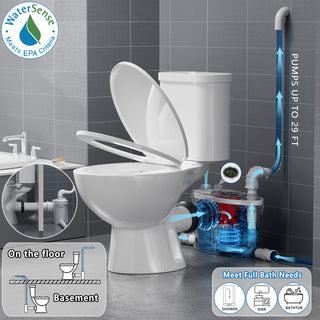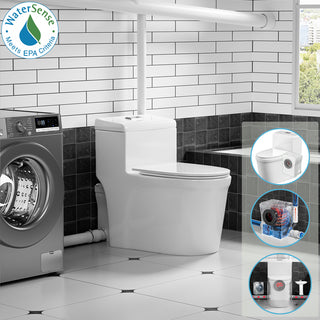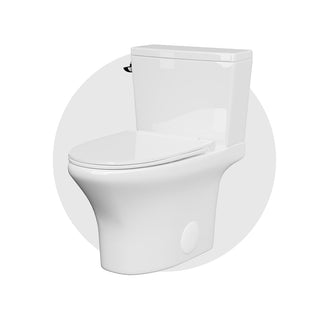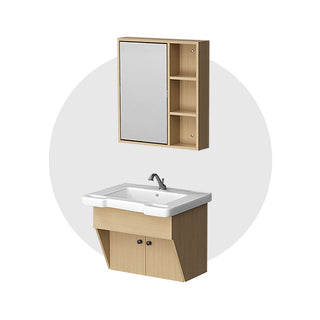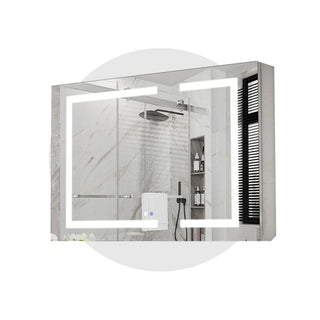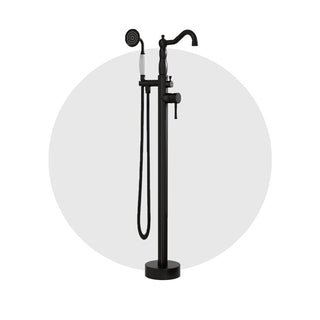I. Why Toilet Vent Height Matters
Toilets don’t just need water—they need air. A properly installed vent pipe ensures your toilet flushes smoothly by equalizing pressure in the drain system. Without it, you risk gurgling sounds, slow drainage, and even sewer odors. And yes—vent height matters, both inside the walls and above the roof.
II. What Is a Toilet Vent?
A toilet vent (or vent stack) is part of your home’s plumbing system. It allows air into the drain lines, preventing suction and enabling waste to flow freely. While it doesn’t carry water, it plays a vital role in maintaining system balance and safety.
There are two main types:
- Traditional vent pipes: run vertically and exit through the roof
- Air admittance valves (AAVs): mechanical alternatives that open on demand
III. How Tall Should a Toilet Vent Be?

✅ 1. Above the Roof
If your vent pipe terminates at the roof, codes generally require:
- At least 6″ above the roofline (per IPC/UPC)
- In snow-prone areas: 12″–24″ clearance to prevent blockage
- At least 10 feet horizontally from any operable window, intake vent, or door
This prevents sewer gases from being drawn back indoors or trapped by snow accumulation.
✅ 2. Inside the Wall: Vent Rise from Fixture
When routing the vent inside a wall:
- It must rise at least 6″ above the toilet’s flood level rim (the top of the bowl) before turning horizontally
- Maintain ¼ inch slope per foot if the vent pipe runs horizontally afterward
- Avoid sharp 90° turns near the fixture—it slows air movement
✅ 3. Local Codes May Vary
- Always check with your local building department (AHJ), as jurisdictions may amend national codes (IPC/UPC) with stricter or alternative rules.
IV. Using Air Admittance Valves (AAVs)
If venting through the roof isn’t practical, an AAV can be a smart alternative.
How it works: The valve opens when air is needed (e.g., during a flush), then closes to block odors.
Pros:
- Ideal for renovations, islands, or interior bathrooms
- Avoids roof work and penetrations
- Compact and affordable
Cons:
- Not always code-approved in every region
- Requires vertical clearance and access for inspection
- Only works with positive pressure (can’t vent a full stack)
Check your local plumbing code—some areas allow AAVs for single fixtures only.
V. Common Toilet Venting Mistakes to Avoid
- Vent pipe exits too close to a window or air intake
- Vent ends too low on the roof, allowing snow blockage
- Improper slope or sharp bends inside wall cavity
- No access provided for AAV maintenance
- Using too narrow a pipe (e.g., 1½″ instead of 2″ or 3″) for multiple fixtures
VI. When to Call a Plumber
- You’re adding a bathroom or modifying the main stack
- Your vent routing isn’t obvious (e.g., in a remodel)
- You need to confirm compliance with ADA or IRC codes
- You suspect improper venting due to odors or gurgling sounds
VII. Final Tips
Vent height is more than just a technical detail—it’s essential to proper plumbing. While 6″ above the roof is a general rule, snow loads, windows, and local code variations can impact requirements.
When in doubt, consult a licensed plumber to ensure your toilet vent meets all necessary standards—for health, comfort, and building compliance.
FAQ: Toilet Vent Height & Installation
Q: What is the minimum height for a toilet vent above the roof?
Most plumbing codes require vent pipes to extend at least 6 inches above the finished roof surface. In snowy areas, go up to 12–24 inches.
Q: Can a toilet vent go out the wall instead of the roof?
Not typically. Most plumbing codes require toilet vent pipes to terminate above the roof to safely release sewer gases. In rare cases, sidewall venting may be allowed if strict conditions are met, but this requires local code approval.
Q: What happens if a toilet vent is too short or blocked?
You may experience slow draining, gurgling noises, or even sewer gas odors inside the home. It can also lead to siphoning of traps, allowing foul air into your bathroom.
Q: Is an air admittance valve legal in my state?
It depends. Some U.S. states or local jurisdictions allow AAVs, especially for single fixtures, while others do not. Always check with your local plumbing authority before installing one.


